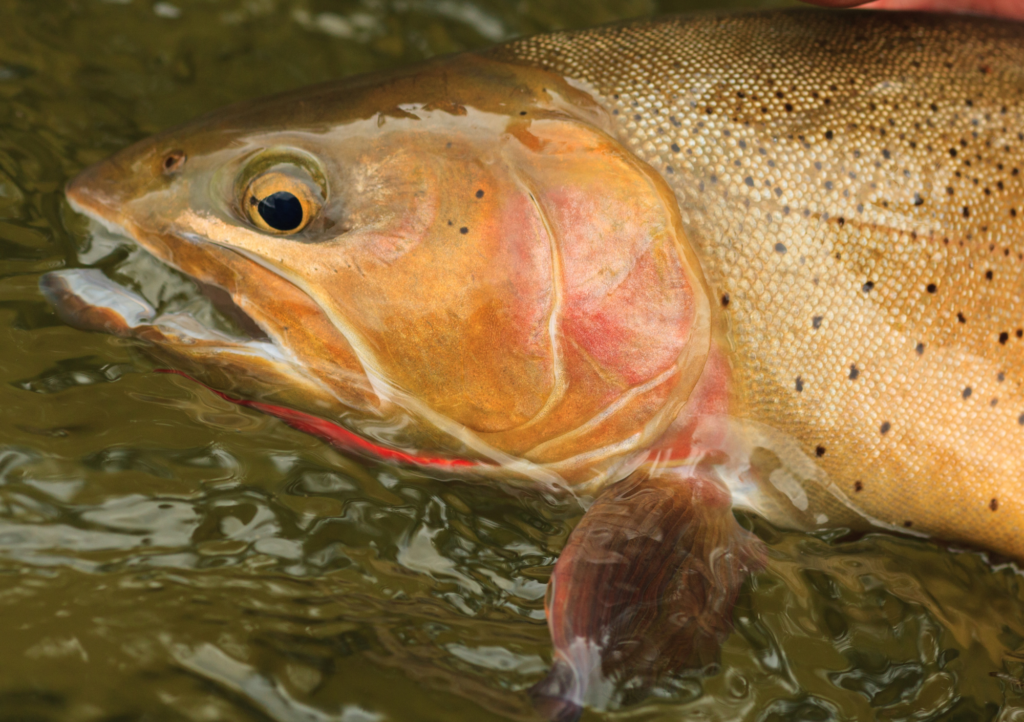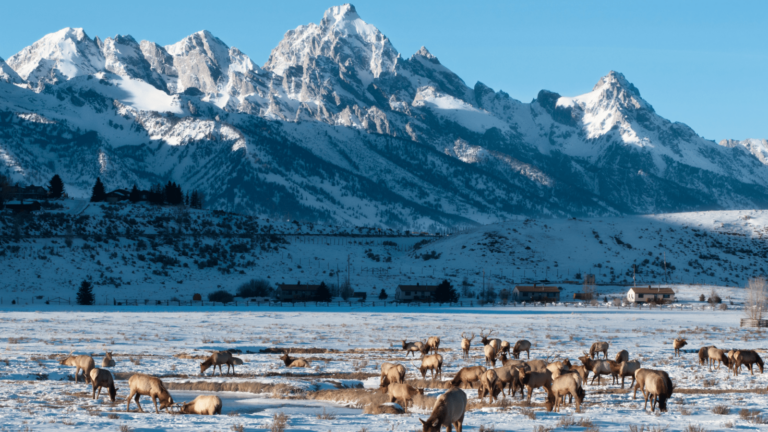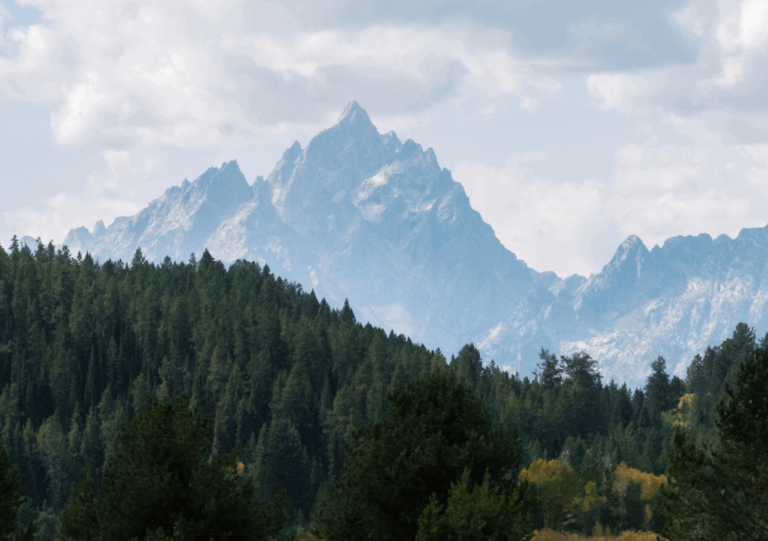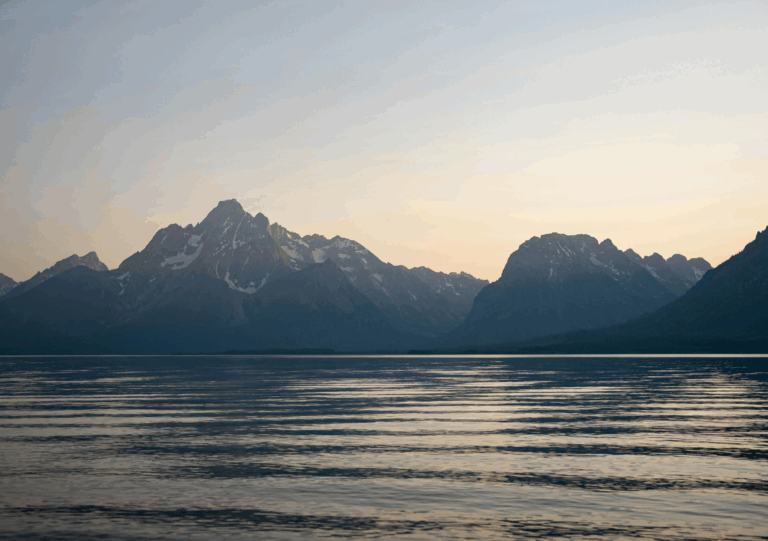The Snake River is home to an abundance of wildlife, both above and below the water’s surface. Flowing from the mountains of Yellowstone, then thousands of miles across the Western United States, this unique watershed is home to a variety of aquatic life. In this blog we are going to take a deep dive into the cool, clear water and examine what life lies below.
From the Native Snake River Fine Spotted Cutthroat Trout to Mountain Whitefish, we’ll cover the habitat, behaviors and more of fish in the Snake River in our Jackson Hole wildlife series.
Different types of Snake River fish
Snake River Fine Spotted Cutthroat Trout are found in the Upper Snake River Basin above Palisades Reservoir. The Mountain Whitefish is also known as a native fish to the Snake River. Other lesser known, but native species of Snake River fish include Utah sucker, Longnose dace, Redside shiner, Paiute sculpin, Speckled dace, Mottled Sculpin, Utah Chub, Bluehead sucker, and Leatherside chub.
Habitats
Cutthroat trout are known for their distinctive red coloration on the underside of their lower jaw. They require diverse habitats with structural components like boulders and large wood to provide hiding cover. During the spawning season, which begins in March and lasts into the summer, adult Snake River Cutthroat Trout migrate into spring-fed tributaries. After hatching, the fish remain in the low-flow creeks for up to one year before moving to broader areas.
Behaviors
Snake River Fine Spotted Cutthroat Trout eat a variety of foods, including aquatic insects, small fish, crustaceans, and small terrestrial insects. They are selective feeders but can be distracted by small terrestrial imitations. On the Snake River they tend to occupy riffles, runs and deep pools. In the fall and winter, Snake River cutthroat move to deep pools to winter. They return to deep runs when temperatures rise to around 34 degrees Fahrenheit. The trout can grow quickly, reaching a size of 11-14 inches by the age of 3. The average lifespan for the Cutthroat is 6-8 years.
Conservation efforts and Challenges for Fish in Wyoming
Habitat alterations are believed to be responsible for declines of Snake River Cutthroat Trout. Habitat alterations include manipulation of the hydrograph due to Jackson Lake Dam, loss of connectivity due to the construction of Jackson Lake Dam, impassable irrigation diversions, construction of an extensive levee system along the Snake River. These factors have altered aquatic habitat between levees and prevented flushing flows to adjoining spring creek systems, as well as closing certain migration corridors.
Particularly, the altered flow regimes are attributed to agricultural practices. Conservation actions from the Snake River Fund and Trout Unlimited are helping to maintain efforts to maintain flows and connectivity. The most recent fight has been to maintain around 280 cfs out of Jackson Lake Dam in the winter, while constituents in the agricultural industry have requested a 50cfs flow in the winter months. This would hurt the ability for many different species to lay their eggs in the spring months in the fine gravel and moderate elevation change that these fish prefer to spawn in. Water is such an important resource, that striking a balance among all users is difficult, but very important.
Best Spots to Catch Fish in Jackson Hole
While the fishing spots on the Snake River are nearly endless, there are few popular locations.
Jackson Lake Dam: Just below the Jackson Lake Dam is a great place to walk along the banks of the Snake River and cast a line in, all while taking in breathtaking views of Grand Teton National Park.
Snake River Tributaries: There are a variety of small creeks and streams that flow into the Snake River and hold large cutthroat trout.
Jackson Hole Fly Fishing Trips: Some of the best fishing opportunities are from a drift boat. There are several sections that are adequate for drifting, requiring varying levels of experience but allowing for ample fishing opportunities.
Continue the Jackson Hole Wildlife Series:
- Birds of Prey
- Moose in Jackson Hole
- Wyoming Marmots
- Beavers in Wyoming
- Pelicans in Wyoming
- Bears in Jackson Hole
See the full overview of Wildlife on the Snake River »
Explore the Snake River on a float trip in Jackson Hole with Teton Scenic Float Tours, with stunning views and the rare opportunity to see wildlife in their natural habitat. Check out our Snake River Scenic Float trips or for a personalized adventure, choose our Snake River Private Float. Reserve your trip today!






